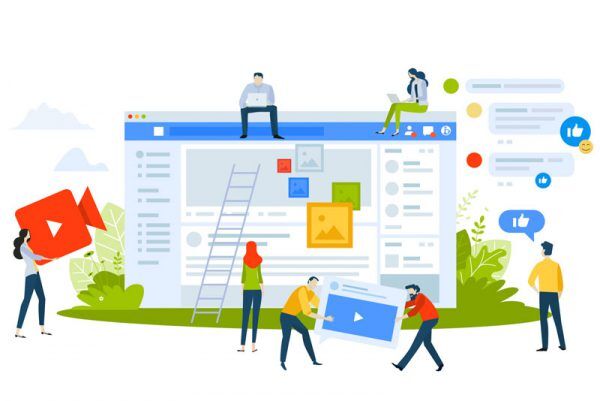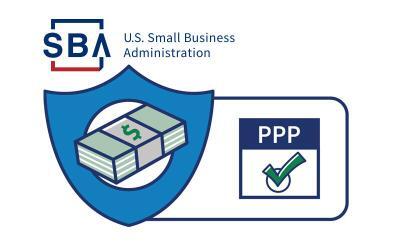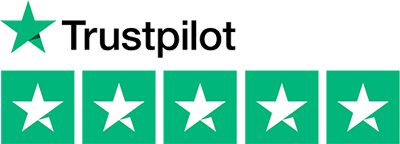Things are different today due to the global coronavirus pandemic. While we may eventually get back to some version of normal, when that happens is subject to much debate. COVID-19 changed how business gets done, from suppliers and distribution to sales and marketing, the world functions in a different way.
So while we all adapt to the “new normal”, the messages we send to our customers will have to change. Our customers’ needs have changed, and they have understandably rearranged their priorities over the past few months. They’re more patient and have learned how to do without some things. They are also more skeptical of information bandied about and seek out authentic brands. And, finally, the post-COVID-19 consumer may need more reassurance before he or she jumps back into the buyer/seller relationship.
All these changes mean your business needs to consider several new factors in your marketing messages. Here are three elements important to your post-coronavirus marketing strategy.
1. Transparency
More than ever customers want information, direction, and honesty. You can’t pretend it’s business as usual. If you try, your customers will see right through your deception.
Keep your customers informed about the changes in your business, even if you think they’re so small they won’t be noticed. Use your website, social media channels and send emails to make sure customers know if you’ve reduced open hours, if they’ll have to wait longer for delivery wait time and if you’ve reduced the size of your staff to accommodate social distancing guidelines. Inform your customers about the best ways to communicate with you.
You may even need to redirect staff to customer service roles to make sure customers are responded to quickly. For example, Bank of America reassigned the roles of mortgage lenders to answer customers’ questions about small business loans so they could better handle the influx of inquiries.
2. Awareness
Whether your business shifted focus to supply an essential need during the outbreak, volunteered staff to help essential workers, added a free delivery service, or turned to video conferencing in lieu of face-to-face meetings, you need to let your customers know what will remain intact and what will change again.
At CorpNet, we knew our customers needed solutions to the problems they were facing due to the coronavirus. Fortunately, our team jumped into action to provide informative articles on everything from sick leave to loan forgiveness. We also redirected our efforts to help customers with the Economic Injury Disaster Loan (EIDL) and Paycheck Protection Program (PPP) applications.
However, you choose to pivot your business, make sure you let customers know about your efforts. Sharing these changes on social media is an effective marketing tactic.
Also consider asking your social followers for referrals or testimonials. According to Social Media Today, user-generated content should be at the heart of marketers’ post-COVID-19 playbooks. With the world in various stages of lockdown, people live, breathe, shop, and share online, and therefore marketers need to focus more on social activity online to promote their brands.
3. Reassurance
Like it or not, customers are going to have a hard time walking back through your store or office doors. Whether you’re an accountant or run a retail store, your efforts at opening safely in the time of Covid-19 is going to be paramount in the minds of consumers. If your customers don’t feel comfortable doing business with you, any marketing idea will fall on deaf ears. You have to address the elephant in the room.
Sam Zietz, CEO of GRUBBRR, believes retailers will need to use extensive marketing to demonstrate to their customers the steps they have taken to make their stores safe to return to. And they’ll need to continue or expand their omnichannel approaches to ordering (in-store, online, curbside pickup, lockers, etc.).
Marketers should share the tactics they have implemented such as social distancing, masks, plexiglass, and self-ordering technology. If you’ve stopped accepting cash (many businesses have) you need to let your customers know.
You should be prepared to keep current social distancing efforts in place for those public- wary consumers. According to the Association of National Advertisers (ANA), the post-COVID-19 era will be one of A-commerce, which is artificial intelligence (AI) commerce. From contactless delivery to contactless checkout to ordering via text messaging and smart devices, COVID consumers learned and accepted a new method of commerce and will be hesitant to give it up (e.g. ordering via Amazon Alexa).
Consumers also learned to be more comfortable using chatbots and virtual conferencing for everything from health concerns to customer service inquiries, which makes your company’s use of technology a must to reach today’s more tech-knowledgeable consumer.
In addition, reassurance means you let consumers know their voices are being heard. When Cottonelle found itself at the center of a panic-buying shortage, the company let consumers know it was ramping up production to satisfy demand. It also teamed up with the United Way charity to discourage bulk buying and instead emphasize “Stock up on generosity,” with a campaign called #ShareASquare.
Not sure what your customers want? Just ask them how you can help them. Run a poll on your social media platforms and your website or send an email to your customer list.
Adapt for Maximum Marketing Benefit
Like a bear trying to coax the cubs out of their den after a long winter hibernation, your marketing efforts are going to have to focus on coaxing customers back into your business. Hopefully, we’ve given you some helpful tips on how to do that. Pay attention to the overall marketing environment and what messages are successful businesses (even major corporations) using to see if you can adapt the concept to work for your small business.





